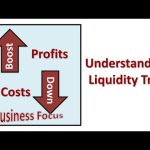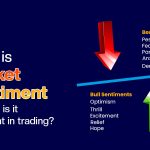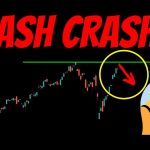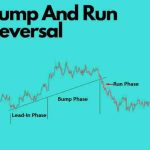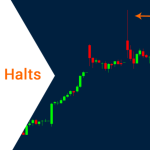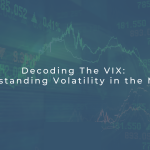Understanding the Liquidity Trap and Its Impact on Investors A liquidity trap can influence markets in ways that limit the effectiveness of policy decisions, weaken momentum, and create uncertainty for investors and traders. While the concept is … [Read more...]
How Market Sentiment Indicators Can Influence Trading Decisions
Market sentiment indicators measure the collective psychology of investors — the emotional backdrop that drives buying and selling decisions across financial markets. While fundamentals reveal what an asset should be worth and technical analysis … [Read more...]
How Government Shutdowns Can Affect Stock Markets and Trading Strategies
Government shutdowns introduce uncertainty into financial markets, often triggering short-term volatility and cautious investor sentiment. When federal operations pause due to budget impasses, traders and investors face delayed economic data, shifts … [Read more...]
Stock Market Circuit Breakers: How Markets Pause During Extreme Volatility
Circuit breakers are a core market‐protection tool. They are automatic, rules-based pauses that slow trading during extreme declines so participants can reprice risk, refresh orders, and reduce disorderly execution. If you trade intraday or manage … [Read more...]
WTO Policies and Their Influence on Global Market Trends for Traders
What Is WTO Trade Policy? When you evaluate global market drivers, WTO policies are part of the foundation. The World Trade Organization provides a rules-based framework that governs how nations trade goods and services. In practical terms, WTO … [Read more...]
How Flash Crashes Happen – and What Traders Can Learn From Them
In the span of minutes, financial markets can descend into chaos. Trillions of dollars in value can evaporate, only to reappear just as quickly, leaving investors and traders bewildered and often with significant losses. This phenomenon, known as a … [Read more...]
Why Liquidity Risk Matters for Your Trades – Especially in Volatile Markets
When markets accelerate, getting in or out at a fair price can matter more than your thesis. Liquidity risk is the chance you cannot buy or sell the size you want without moving the price against you—or cannot execute at all. It shows up as wider … [Read more...]
How to Trade the Bump and Run Reversal Pattern with Confidence
Chart patterns are essential tools for investors and traders who rely on technical analysis. By studying recurring formations and combining them with technical indicators, you can anticipate market reversals and refine your timing for both entries … [Read more...]
Trading Halts Explained: How Long Do They Last and How to Manage Them Completed
When chaos looms in the financial markets, trading halts operate as a crucial pause button. These temporary stops in trading serve as safeguards to ensure fair and orderly market conditions when faced with unexpected events or extreme volatility. … [Read more...]
Understanding the VIX: How Volatility Index Affects Stocks
When stock market turbulence strikes, and investor emotions fluctuate like a roller coaster, market volatility becomes a pressing concern. Traders and analysts often turn to the VIX, a leading indicator, to gauge this volatility and guide their … [Read more...]

